Figures & data
Figure 1 Expression of DOC-2/DAB2 interactive protein (DAB2IP) and phosphorylation signal transducer and activator of transcription 3 (pSTAT3) in UCB tissues and bladder urothelium controls by immunohistochemistry.
Abbreviation: UCB, urothelial carcinoma of the bladder.
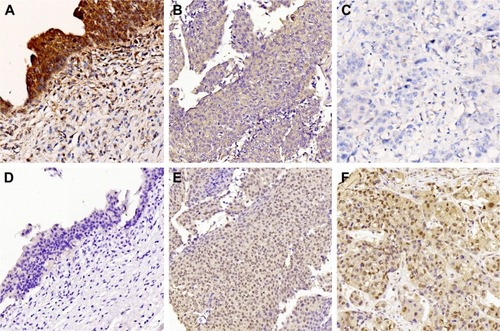
Figure 2 Relative mRNA levels of DAB2IP and STAT3 in UCB and adjacent non-cancerous tissues.
Abbreviations: PCR, polymerase chain reaction; UCB, urothelial carcinoma of the bladder.
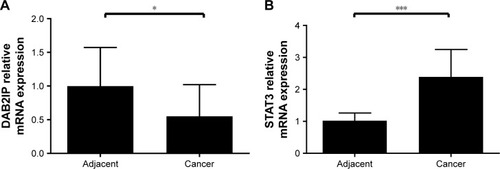
Figure 3 DAB2IP and p-STAT3 expressions in UCB and adjacent non-cancerous tissues.
Abbreviation: UCB, urothelial carcinoma of the bladder.
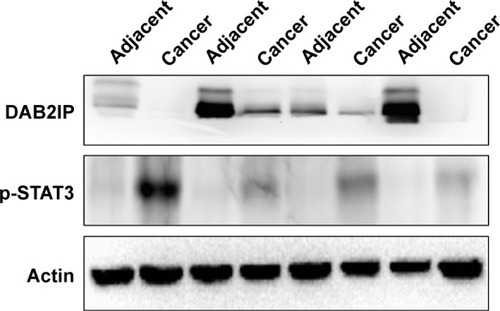
Table 1 Association of DAB2IP expression with clinicopathological factors in UBC patients
Table 2 Association of p-STAT3 expression with clinicopathological factors in UBC patients
Figure 4 Kaplan–Meier curves of OS in bladder cancer based upon T stage, nodal metastasis, and TNM stage.
Abbreviations: Cum, cumulative; OS, overall survival.
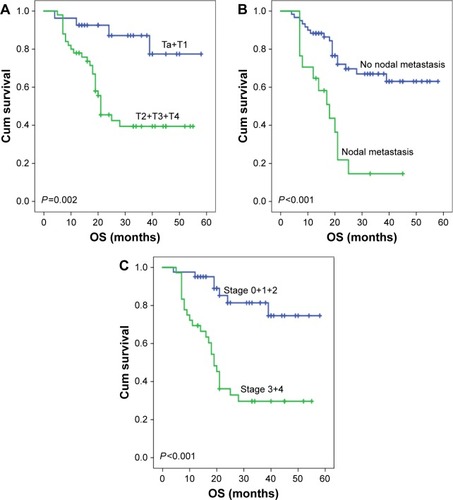
Figure 5 Kaplan–Meier curves of OS in bladder cancer based upon DAB2IP and p-STAT3 expression.
Abbreviations: Cum, cumulative; OS, overall survival.
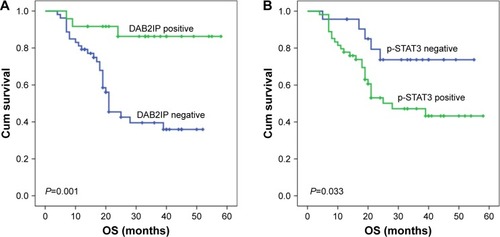
Table 3 Univariate and multivariate Cox regression analyses estimating the associations of DAB2IP expression with patient survival
